01SHIPPER LOGISTIC
The Importance of the Wild for Animals
The wild is not just a home for animals—it is their lifeblood. It provides food, shelter, and the space they need to thrive. Each species plays a unique role in its ecosystem, contributing to a delicate balance that supports life on Earth.
For predators like tigers and lions, the wild offers hunting grounds that regulate prey populations. For herbivores like deer and elephants, it provides the plants and water they need for survival.
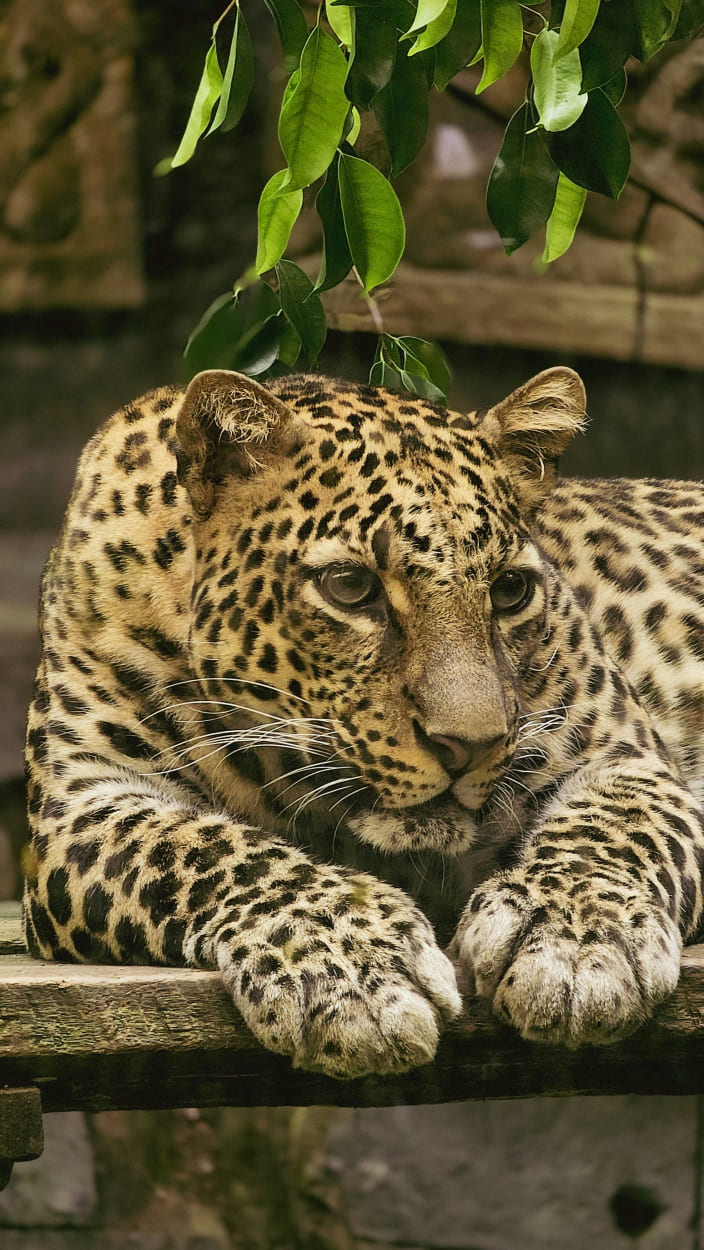
01Nature’s Balance
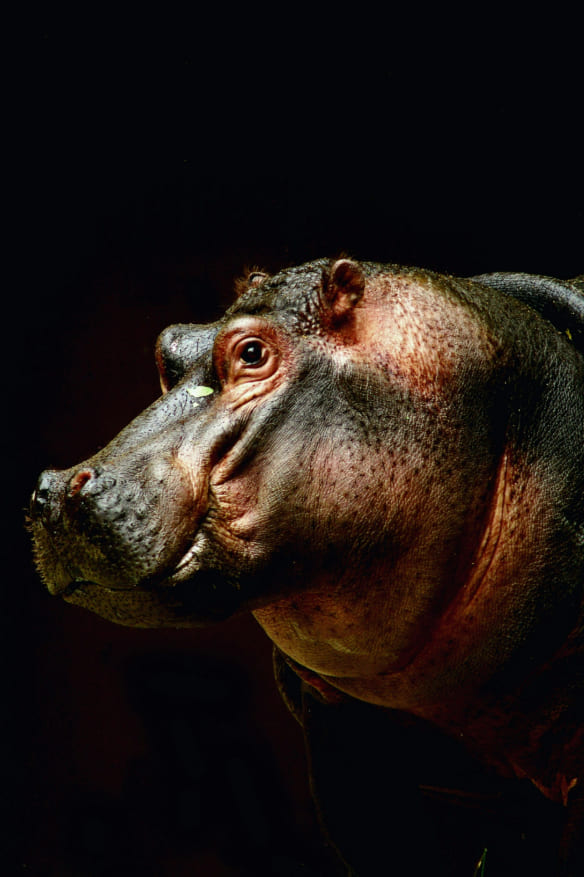
Hippopotamus: The Gentle Giants of the River
The common hippopotamus, often seen lazing in rivers or lakes, is one of Africa’s most iconic creatures. Despite their seemingly docile appearance, hippos are among the most dangerous animals on the continent, capable of running at surprising speeds and fiercely defending their territories.
READ MORE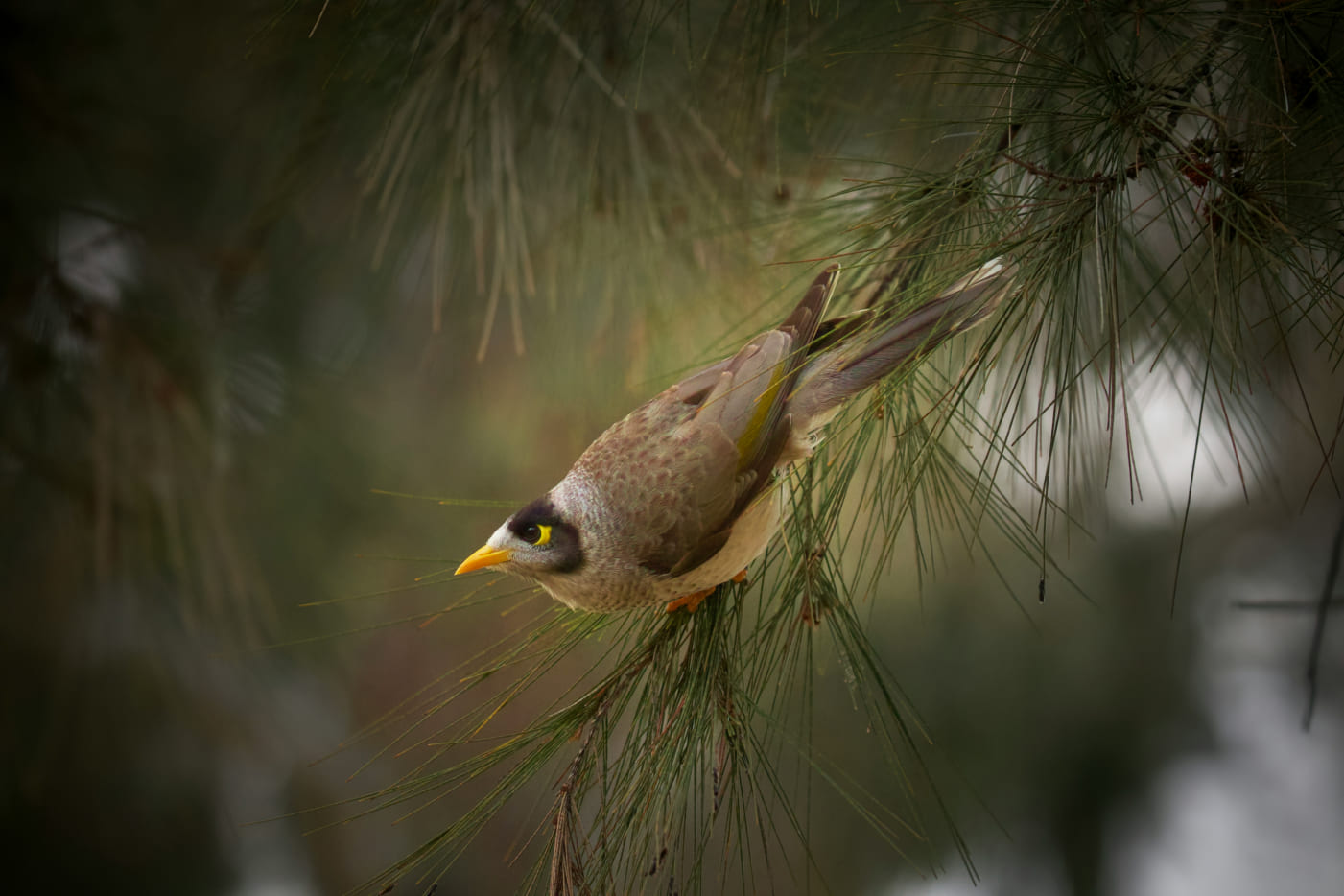
Masked Woodswallow: Nomads of the Sky
The masked woodswallow (Manorina maschata) is a small, energetic bird found across Australia’s open woodlands. Known for their striking black facial mask, these birds are highly social, often seen in flocks that perform synchronized aerial displays.
READ MORE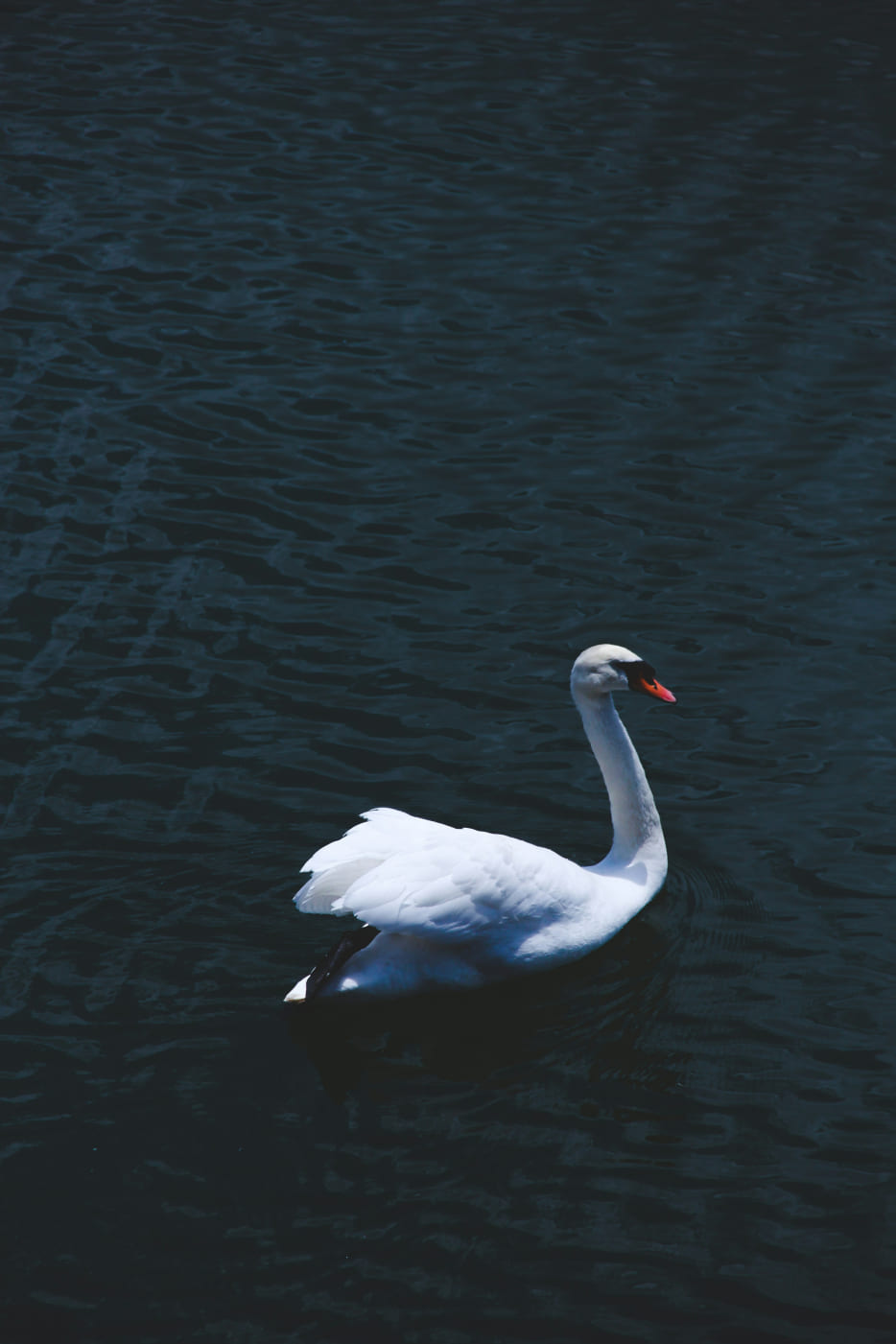
Mute Swan: Elegance on the Water
The mute swan, with its graceful neck and pristine white feathers, is a symbol of beauty and serenity. Found in lakes, ponds, and rivers across Europe and Asia, these birds are fiercely territorial, especially during breeding season. Despite their name, mute swans are not entirely silent; they communicate through soft grunts and hisses, often accompanied by the rhythmic sound of their wings during flight.
READ MORE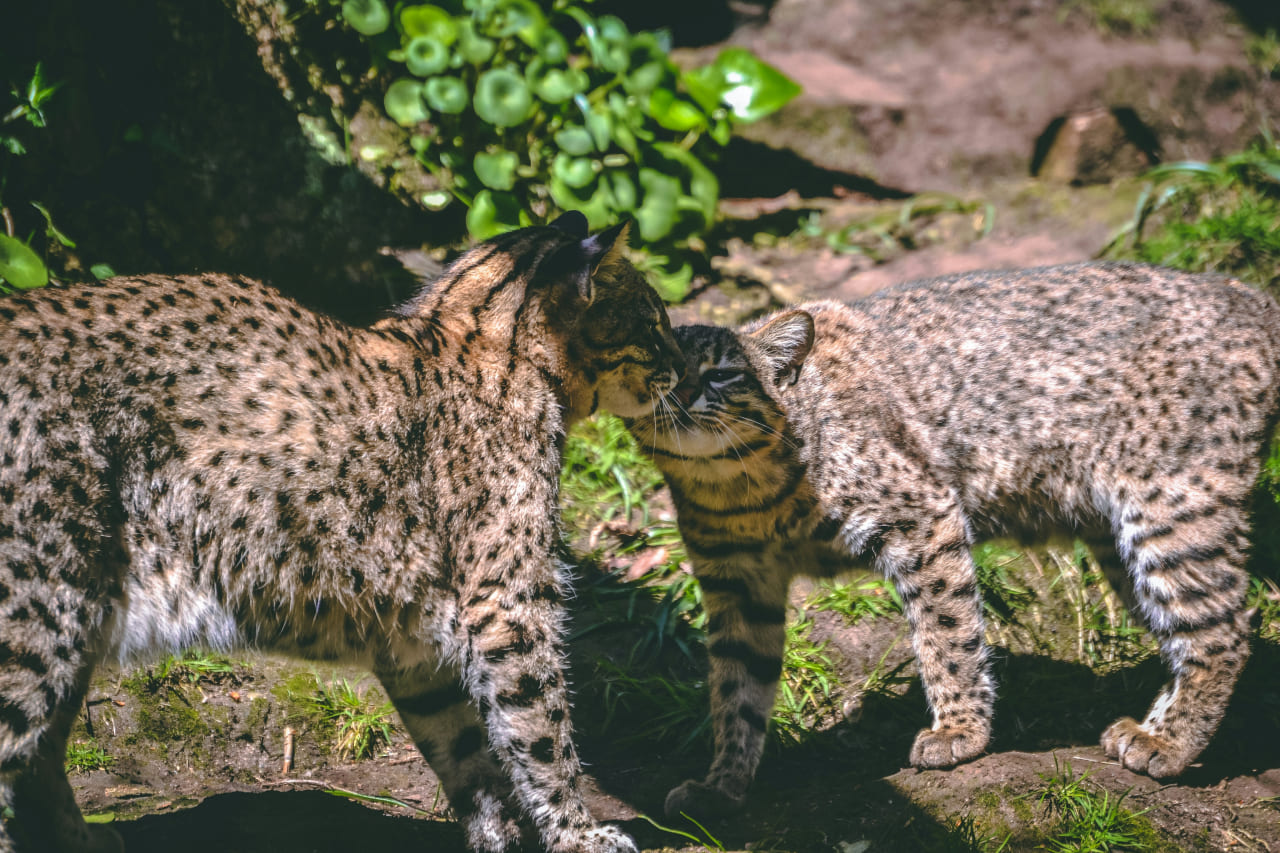
Fishing Cat: The Feline Fisherman of the Wetlands
The fishing cat, native to South and Southeast Asia, is a unique wild cat perfectly adapted for life near water. Unlike most cats, fishing cats are excellent swimmers, using their partially webbed feet to navigate through marshes and rivers. Their diet primarily consists of fish, but they are also known to hunt crustaceans, frogs, and even small mammals.
READ MORE03Wildlife Around the Globe
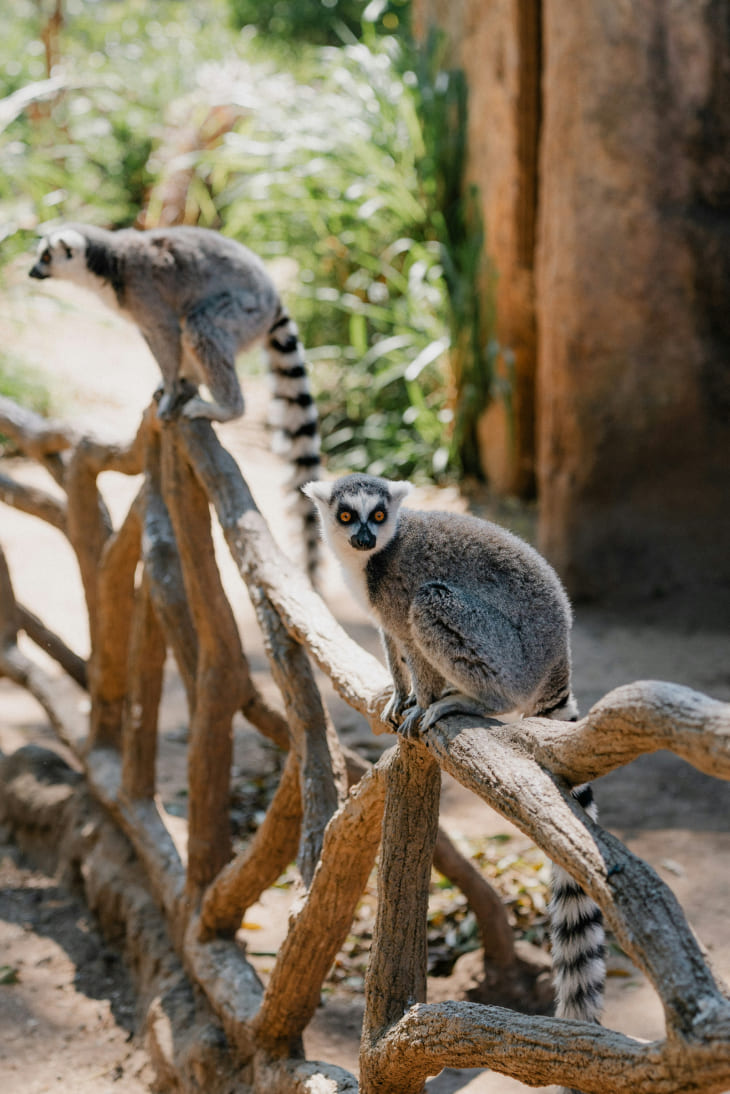
Lemurs: The Agile Guardians of Madagascar
Lemurs are among the most fascinating primates, exclusive to the island of Madagascar. With over 100 species, ranging from the tiny mouse lemur to the sizable indri, these creatures are masters of adaptation. Their ability to leap incredible distances between trees, often over 10 meters, is a testament to their agility and strength. One of the most striking species, the ring-tailed lemur, is famous for its vibrant, striped tail used in communication and balance.
READ ALL
Pink Flamingos: Nature’s Elegant Architects
The pink flamingo is a symbol of grace and beauty, but its life is far more complex than its serene appearance suggests. These birds thrive in some of the harshest environments on Earth, including salt pans, alkaline lakes, and estuaries. Their striking pink coloration comes from carotenoids in their diet of algae and crustaceans, and the intensity of their color is often an indicator of their health.
READ ALL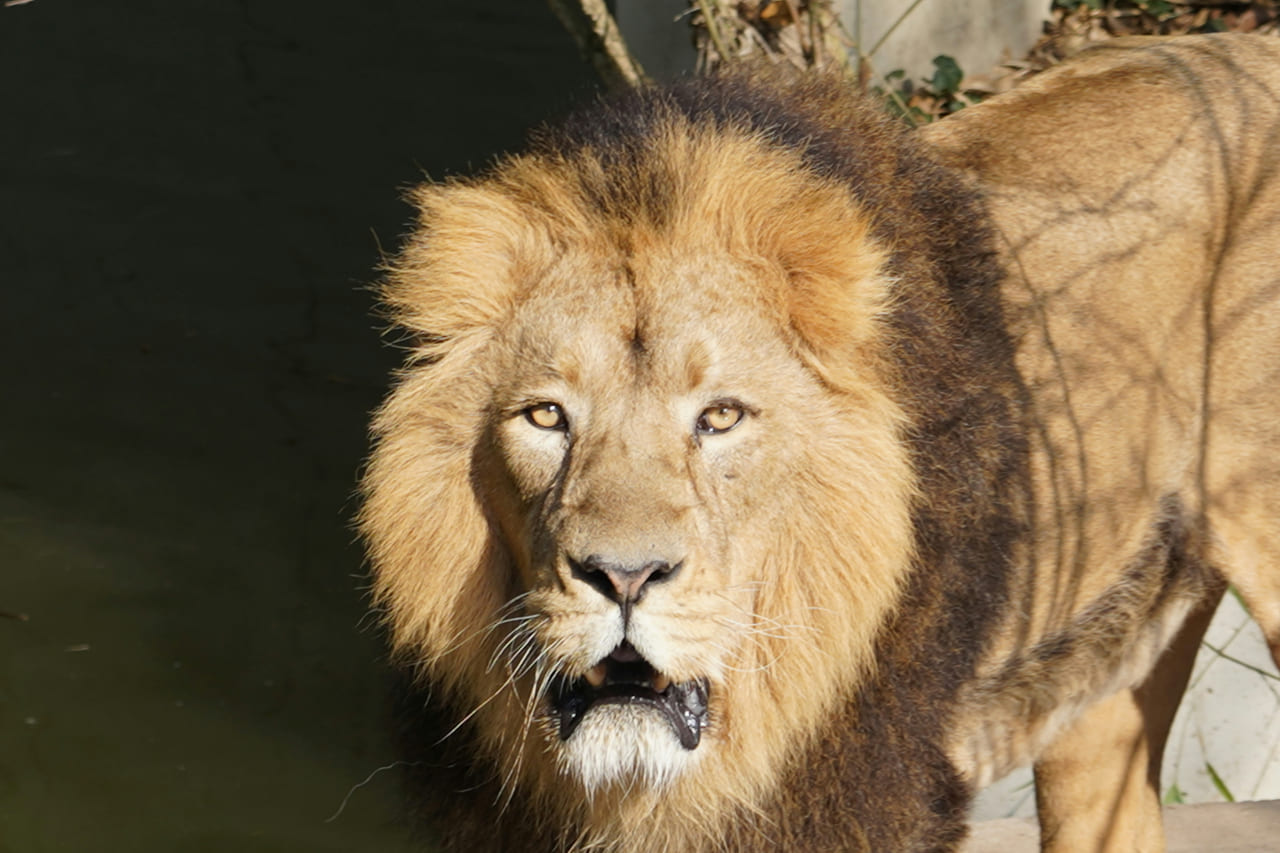
Asiatic Lions: The Kings of Gir Forest
Once roaming from Greece to India, the Asiatic lion now survives only in the Gir Forest of Gujarat, India. These lions are smaller than their African cousins, with distinct physical traits such as a shorter mane and a pronounced belly fold. They live in prides, but these groups are smaller, reflecting the challenges of living in a dense forest environment.
READ ALL
Jaguars: The Stealthy Guardians of the Amazon
Jaguars are the apex predators of Central and South America, known for their power, stealth, and adaptability. Unlike most big cats, they are strong swimmers, often hunting in water for prey such as caimans and fish. Their rosette-patterned coat provides excellent camouflage in dense rainforest foliage.
READ ALL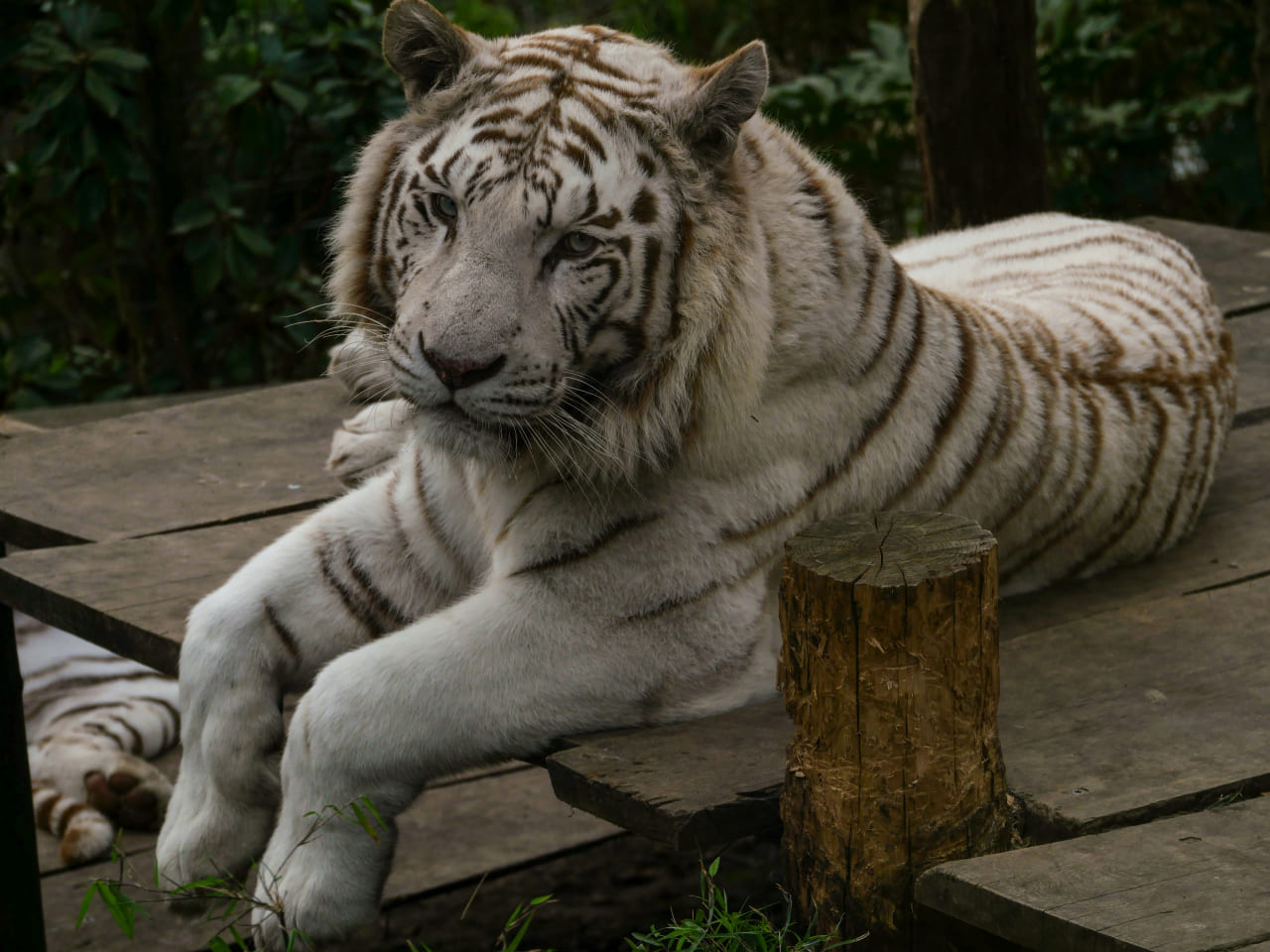
White Tigers: The Rare Ghosts of the Wild
White tigers, with their striking pale coats and icy blue eyes, are a rare genetic variant of the Bengal tiger. These animals are not albinos but carry a recessive gene that gives them their unique appearance. Found in dense jungles and grasslands, they rely on stealth and strength to hunt deer, wild boar, and other large prey.
READ ALL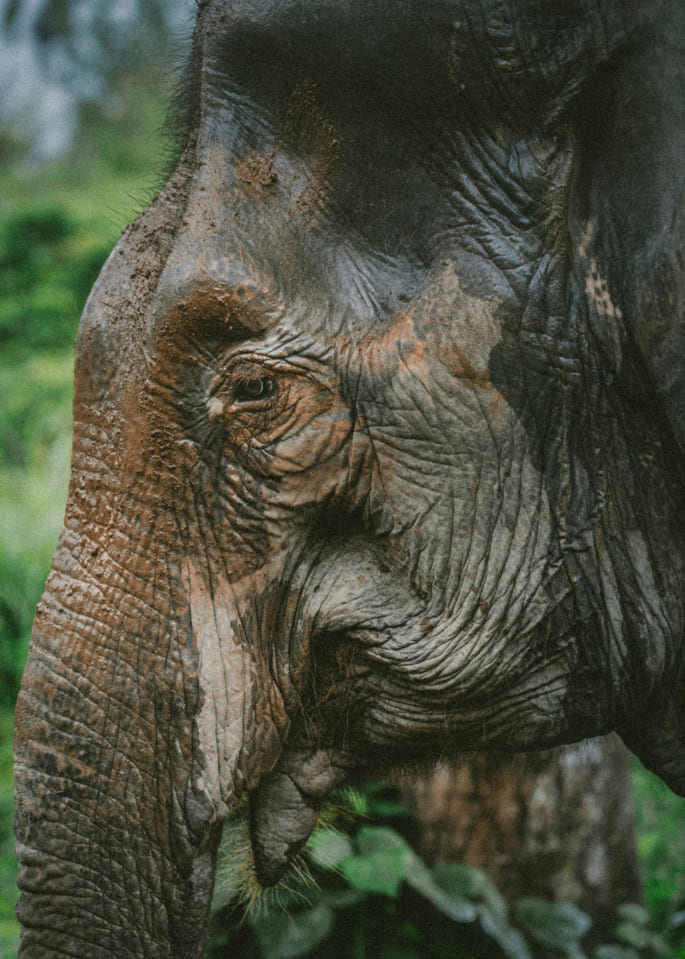
Sumatran Elephants: Giants on the Brink
The Sumatran elephant, a subspecies of the Asian elephant, is among the smallest but most endangered elephant species. These gentle giants play a critical role in their ecosystem, shaping the landscape by clearing paths, dispersing seeds, and creating watering holes.
READ ALL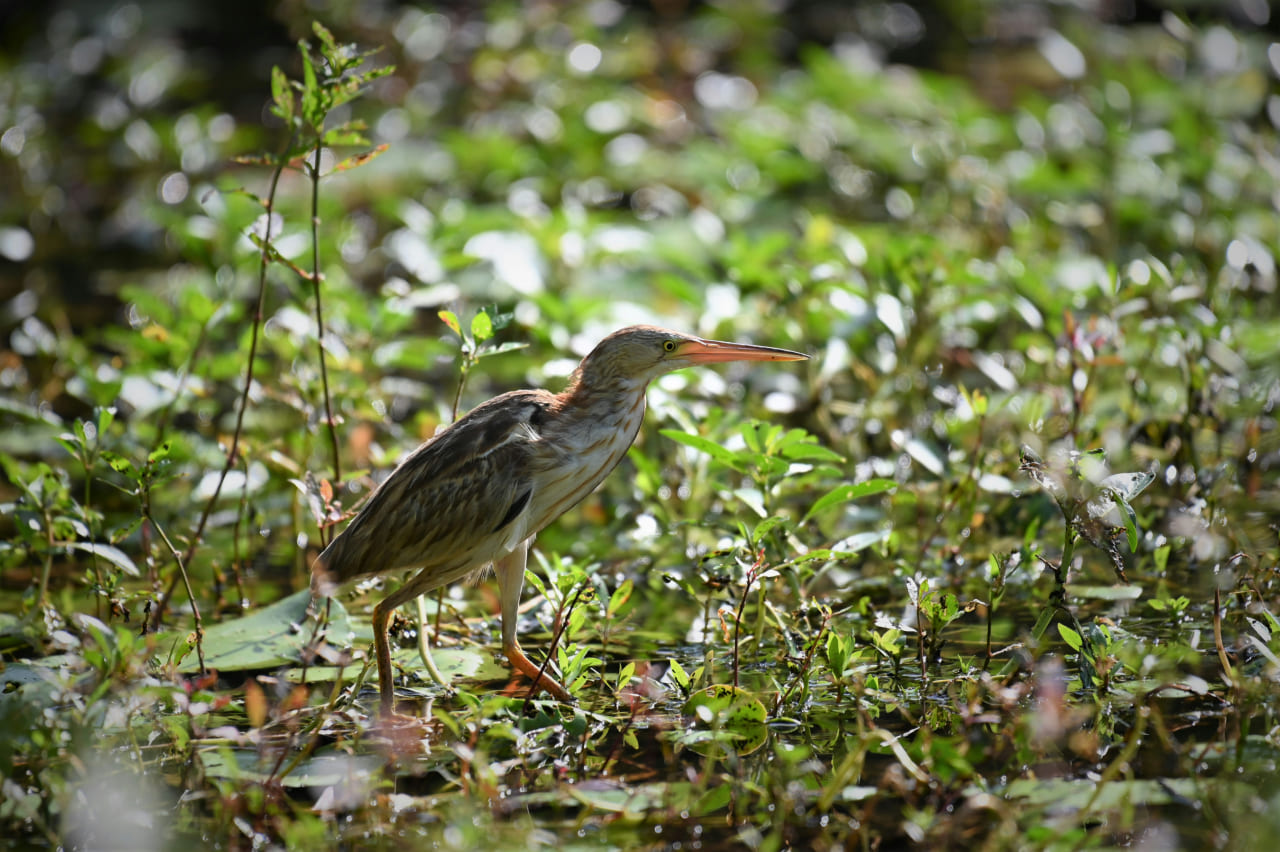
Chinese Bittern: Masters of Camouflage
The Chinese bittern, a small heron-like bird, is a master of stealth and camouflage. Found in wetlands across East Asia, it blends seamlessly into reeds, standing motionless for hours to avoid detection by predators and prey alike. These birds are expert fishers, using their sharp beaks to spear fish and small amphibians.
READ ALL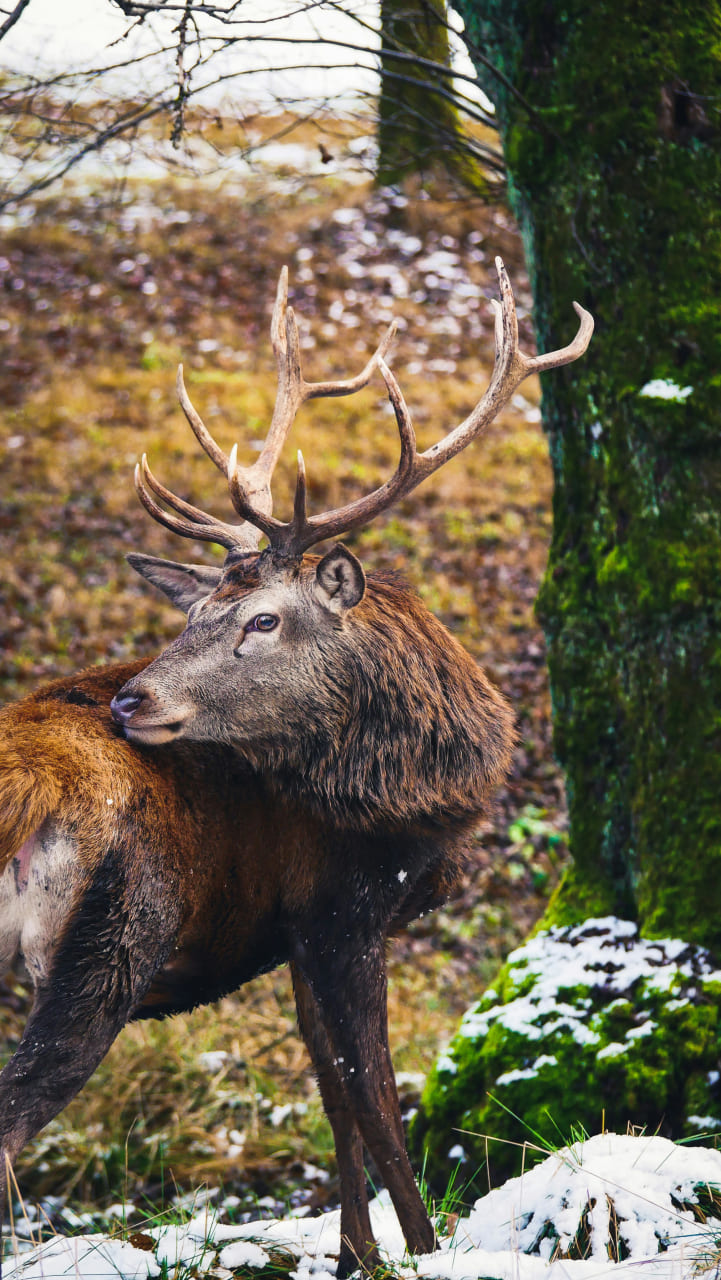
Red Deer: Monarchs of the Forest
The red deer, with its majestic antlers and imposing stature, is one of the most iconic creatures of Europe and Asia. Males engage in dramatic rutting battles during the mating season, their bellows echoing through forests as they vie for dominance. Red deer are herbivores, feeding on grass, leaves, and shrubs, shaping their environment as they graze.
READ ALL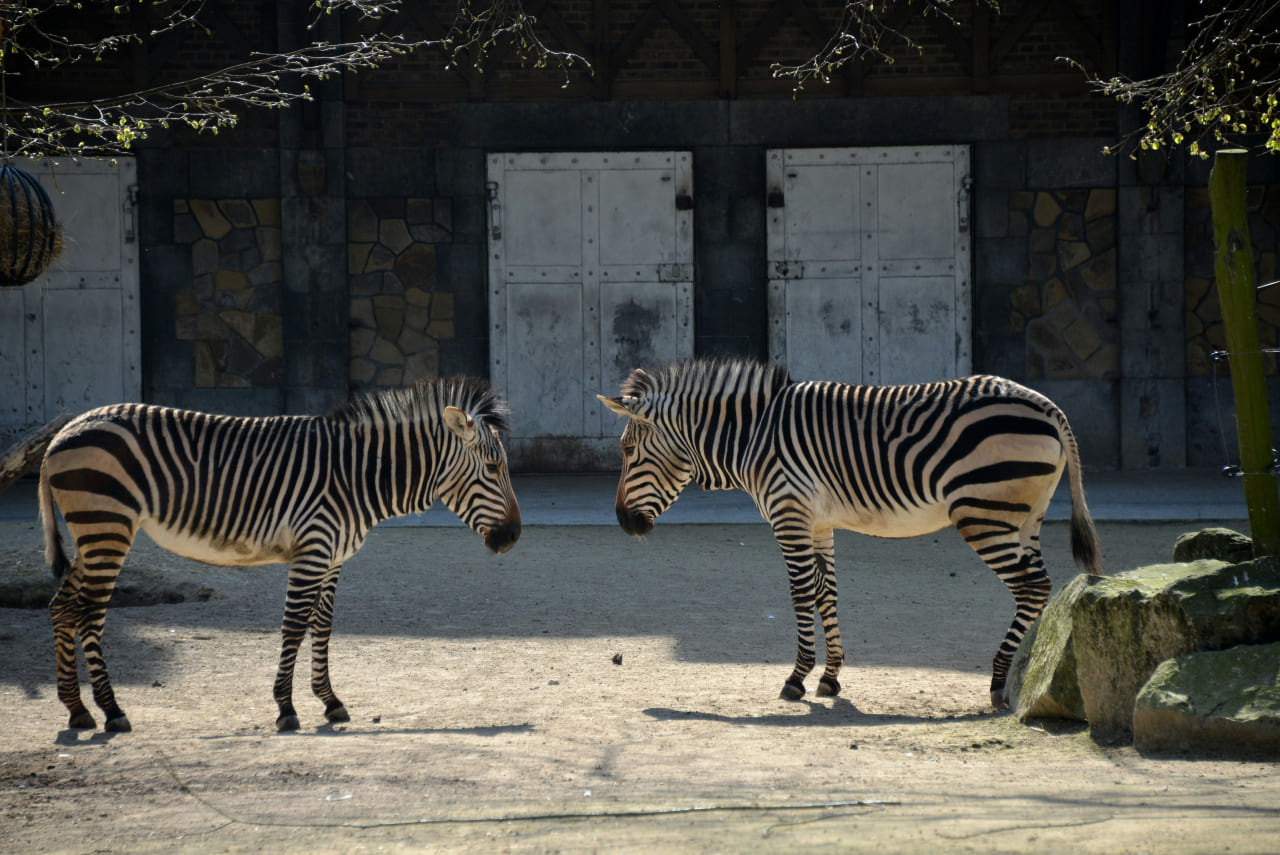
Zebras: Stripes of Survival
Zebras are the quintessential symbol of the African savanna, their black-and-white stripes serving as both camouflage and a defense against biting flies. Living in herds, they rely on numbers and speed to evade predators such as lions and hyenas. Their social bonds are strong, with stallions fiercely protecting their harems.
READ ALL